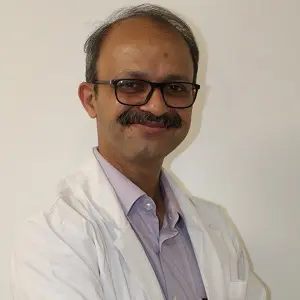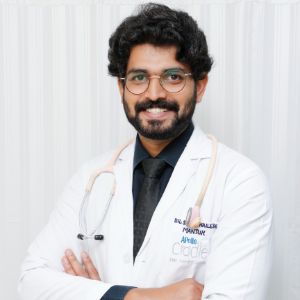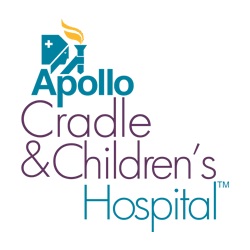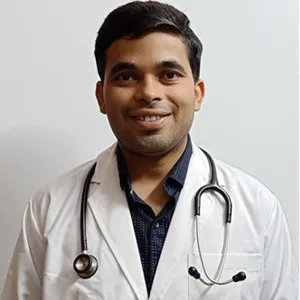What is meant by Stem Cells?
Stem cells are miracle cells with the potential to save lives. These tiny cells play the role of architects in building blocks of the human body. In simple words, stem cells can transform into brain cells, blood cells, bone cells and practically all cells in the body. They are termed raw materials of the human body from which other cells are generated. Furthermore, they divide into more cells, known as daughter cells.
- Stem cells are widely found in the bone marrow of the human body
- They divide further into daughter cells to form new blood cells
- Stem cells mature in the bone marrow and enter the bloodstream
Define Stem Cell Banking
Stem cell banking is the technique for procuring, processing and storing stem cells from a newborn's umbilical cord tissue or blood for the future. The process includes storing stem cells at low temperatures in laboratories. Preserving in low temperature (cryogenic) allows to keep the biological properties of stem cells alive and protects them from degeneration and contamination.
Stem cell banks are used for preserving stem cells that are obtained from a baby's umbilical cord blood or tissue during delivery. They are also extracted from other sources like an embryo, cord blood, bone marrow, placenta, teeth, etc. Furthermore, they are abundant in the placenta, amniotic fluid and sac. These stem cells are used to safeguard not just the baby's future but also the entire family.
Characteristics of Stem Cells
Stem cells have regenerative properties that divide and take the form of desired tissue and cells. Currently, the FDA has approved stem cell transplants for treating over 80+ blood, muscle, nerves and bone-related diseases.
The unique properties of stem cells include the following:
- Engraftment: It unites with new tissue, regenerates and integrates with the parent tissue.
- Plasticity: It can use one tissue to create new cells of a different tissue
- Homing: Stem cells get attracted to the site of injury to renew cells
What are the Advantages of Preserving Stem Cells through Stem Cell Banking?
- They are free of side effects
- They are non-toxic
- Stem cell therapy is non-invasive and safe
- It is used for therapeutic needs and promotes longer lives
- It ensures low treatment costs
- It helps to repair damaged tissues, and organs and treat diseases
- It is presently used for transplants and treating over 85+ diseases
Working of Stem Cells
Stem cell banking helps in treating several ailments. The tiny cells are incredibly flexible and regenerative. It possesses the property of dividing and renewing itself into desired cells or tissue.
Stem Cell Treatment and Role in Medicine
Stem cells are a path-breaking advancement in the medical field. It currently helps treat 80+ medical conditions by opting for replacement techniques. Moreover, the cells can self-renew and regenerate into different cell types. Hence, it is widely applied in treating various illnesses.
At present, stem cell treatment is successfully used in the following fields:
- Repairing Cardiovascular Tissues: It helps repair damaged heart muscles after a heart attack or cardiovascular illness.
- Regenerating Tissues: It aids in restoring and repairing damaged organs and tissues for individuals who suffer from chronic illness or injuries.
- Treatment of blood-related illness: Stem cells can restore immune systems and regenerate damaged blood cells.
- Treating various diseases: It is successfully applied in treating multiple conditions from metabolic, genetic and immune illnesses.
- Nerve cell repair and replacement: It is considered to hold the potential for treating damaged nerve cells in conditions like Parkinson's, Alzheimer's and much more.
Types of Stem Cells
Stem cells exist throughout the body. Based on the disorder the following type of stem cell transplant may be used. These include:
Mesenchymal Stem Cells (MSC): These are present in the stroma and found in the bone marrow. They can divide into different cells, such as:
- Adipocytes (fat cells)
- Osteocytes (bone cells)
- Myocytes (muscle)
- Chondrocytes (cartilage cells)
- Cardiomyocytes (cardiac muscles)
- Blood vessels
- Neurons
Hematopoietic Stem Cells (HSC): These are widely found in the bone marrow, cord blood and peripheral blood. They are hematopoietic and are used to regenerate blood cells like white and red.
Pluripotent Stem Cells (PSC): They are Mesenchymal and Hematopoietic in nature with the ability to regenerate and repair various types of tissues in the human body.
Request an appointment at Apollo Cradle, Bengaluru - Koramangala. Call 1860-500-4424 to book an appointment.
Yes. You can store or donate your stem cells from infancy until 35 years of age to treat different immune, genetic and blood-related diseases.
The application of Stem cell transplant is currently used for treating diseases like leukaemia, neuroblastoma, cerebral palsy, lymphoma, spine injury, myeloma and post-cancer treatments like chemotherapy and radiation.
Currently, research trials are performed to understand the scope of stem cells in treating conditions like stroke, diabetes, autism, etc.
Stem cells are sourced from umbilical cord tissue and blood, bone marrow and adipose tissue.
Our Doctors
Treatments
- Anaesthesia & Pain Management
- General Pediatrics
- Growth Chart
- Newborn Screening
- Pediatric Allergy
- Pediatric Dermatology
- Pediatric Endocrinology
- Pediatric Nutrition
- Pediatric Orthopedics
- Pediatric Psychology
- Pediatric Surgery & Urology
- ROP Screening
- Stem Cell Banking
- Vaccination/Immunisation Schedule
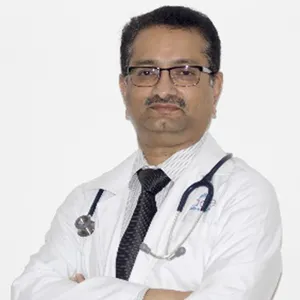
 93% Patient Satisfaction Score
93% Patient Satisfaction Score
